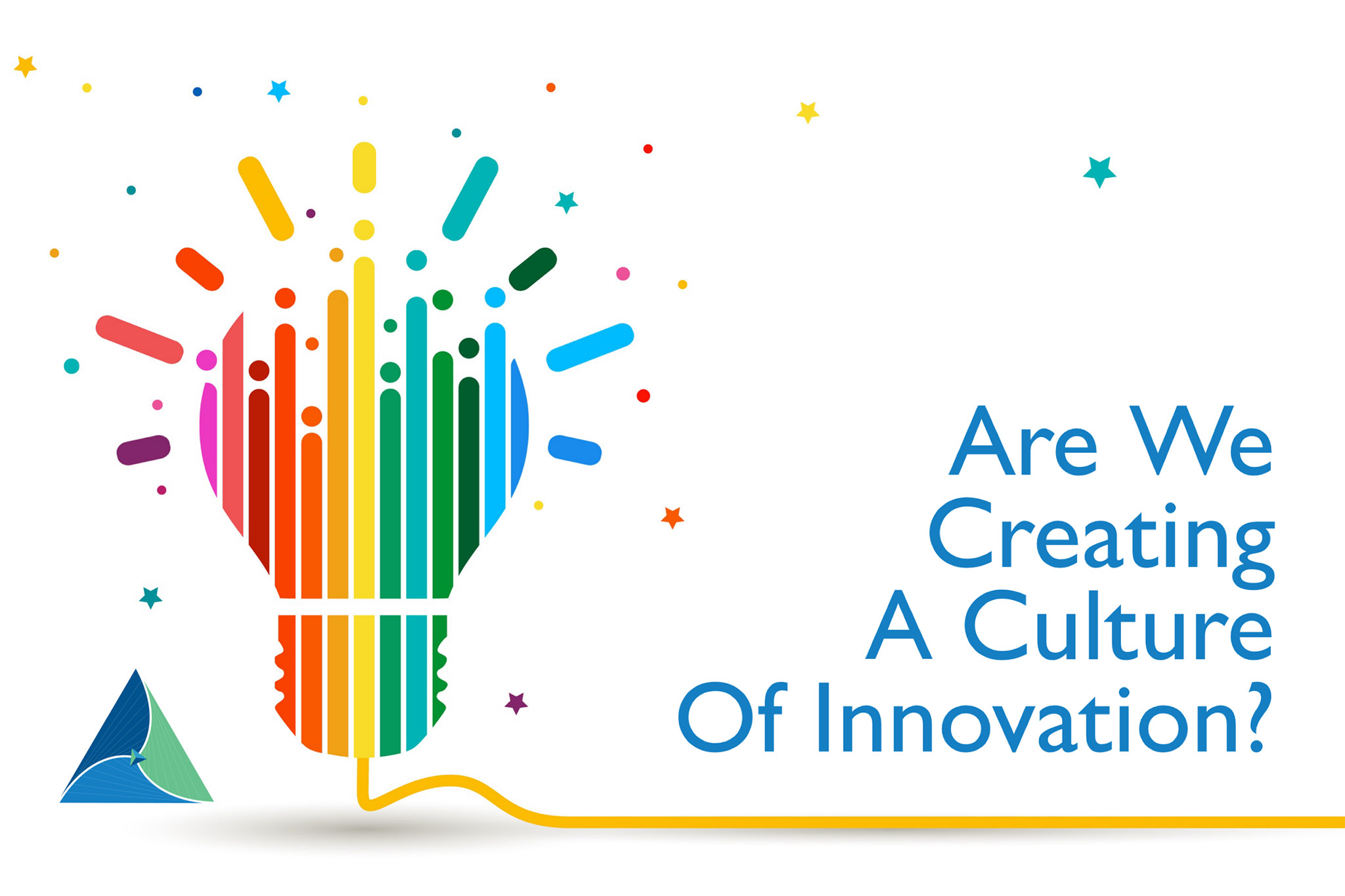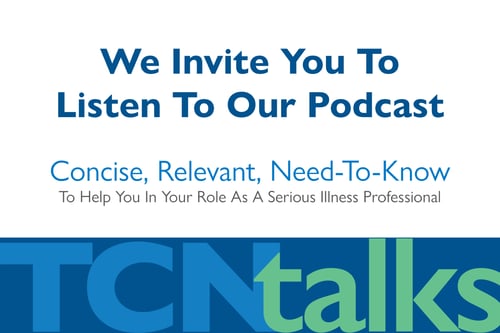
During my four decades of nonprofit service, I participated in countless conversations with board members, leadership teams, and employees on the topic of innovation. While it wasn’t referred to in the same terminology in the 1990s, it is related to what we now recognize as creating a culture of innovation.
Strategic planning has roots in this ideology; however, strategic visioning is a more appropriate term referencing the focus that today’s leaders now need to incorporate. Determining the future direction of any organization is not as simple as it sounds. The skill set to imagine what customers want – when they may not even recognize they want or need it – is the principle in play. There are notable examples of successful strategic visioning in the corporate world: innovators like Joy Mangano, Madame CJ Walker, Dr. Patricia Bath, Bill Gates and Steve Jobs to name a few have created products, concepts and business models that no one identified as needed at the time. Today, whether in our personal or professional lives, our families and the families we care for often rely on innovative technology and products.
A few years ago, I read an article by Laura Ramos Hegwer in ACHE Healthcare Executive magazine that described creating a culture of innovation as ‘instilling a spirit of creative problem-solving[1]’ within an organization. Often, the larger an organization, the more stifled the culture may be to embrace new solutions for challenges and opportunities. As an executive leader, I often had discussions with the organization’s key internal and external stakeholders about pushing the reset button to ensure the agency would be relevant and successful in today’s healthcare environment. We can’t do business the way we did forty years ago because our customers and healthcare service delivery aren’t the same. Think of your family in 1980 and think of them today. How many members have been lost through death, divorce, or other factors? How many have been added through births, adoptions, marriages, and friends? Next, think about your healthcare provider and payer. Chances are your interactions with your primary care physician now centers around technology, while your healthcare payer only pays for portions of care with a focus on outcomes and cost avoidance.
If we cling to original strategies, our organizations will miss opportunities to serve the emerging needs of our stakeholders. I routinely see organizations clinging to ‘we’ve always done it this way’ or ‘we’ve tried that before – it doesn’t work,’ or ‘I’m not changing my organization to meet the needs of fill-in-the-blank.’ At some point, if we adhere to this line of thinking, we ensure that our organization will no longer be relevant in the competitive healthcare environment. Innovation doesn’t just mean incorporating technology into clinical or administrative best practices. Most importantly, it means reexamining the employee, patient and family experience within the healthcare environment and understanding that if we are willing to redesign how we do things, we can play a role in meeting future expectations – be it in care interactions, service delivery, or workplace culture. The opportunities for successful culture of innovation transformations are endless.
I was reminded of the relevance of innovation as a strategic planning tool when I read Chris Comeaux’s new book, “The Anatomy of Leadership”[2]. Chapter 14 focuses on Mapping the Future, and I recognized that a culture of innovation is rooted in the concepts of utilizing Pillars Big Hairy Audacious Goals (BHAGs) in the one-year operational plan that supports a longer-term strategic plan; the Challenges We Face leading organizations; and incorporating the Prow of the Ship framework into our leadership muscle. As you assess the informal and formal leadership roles you represent in your organization, and as you assess your life’s journey to determine the path forward, how can you incorporate a culture of innovation? What holds you back? What are some of the positive changes you’ve seen when you embrace change? For me, the momentary concerns about learning unfamiliar concepts or anxiety wondering if I am making the ‘right’ decision are replaced with the willingness to learn from new experiences and opportunities and growing confidence that I can contribute to others’ quality of life. Encourage yourself to go out on a limb and explore innovation!

Gloria Brooks
Primary Partner, TCN & Lead Consultant, TCG
gbrooksassociatesllc.com
[1] Laura Ramos Hegwer, ACHE Healthcare Executive magazine, January/February 2020 (https://healthcareexecutive.org/archives/january-february-2020/creating-a-culture-of-innovation)
[2] Chris Comeaux, “The Anatomy of Leadership”, December 2023
Leadership Immersion
Learn More
Teleios University (TU)
Discover More
Register Today!

An organizational model that allows nonprofit hospices (Members) to leverage best practices, achieve economies of scale and collaborate
in ways that better prepare each agency to participate in emerging alternative payment models and advance
their charitable missions.
Related Posts
Are You Prepared to Weather the Storm?
Charles Kettering said, “Every time you tear a leaf off a calendar, you present a new place for...
To Play or Not to Play A Role
One of Shakespeare’s most infamous lines is, “All the world’s a stage.” Many may read his flair for...
Understanding Credentialing Services
Credentialing is a loaded term.It means different things to different people.If 10 different...



